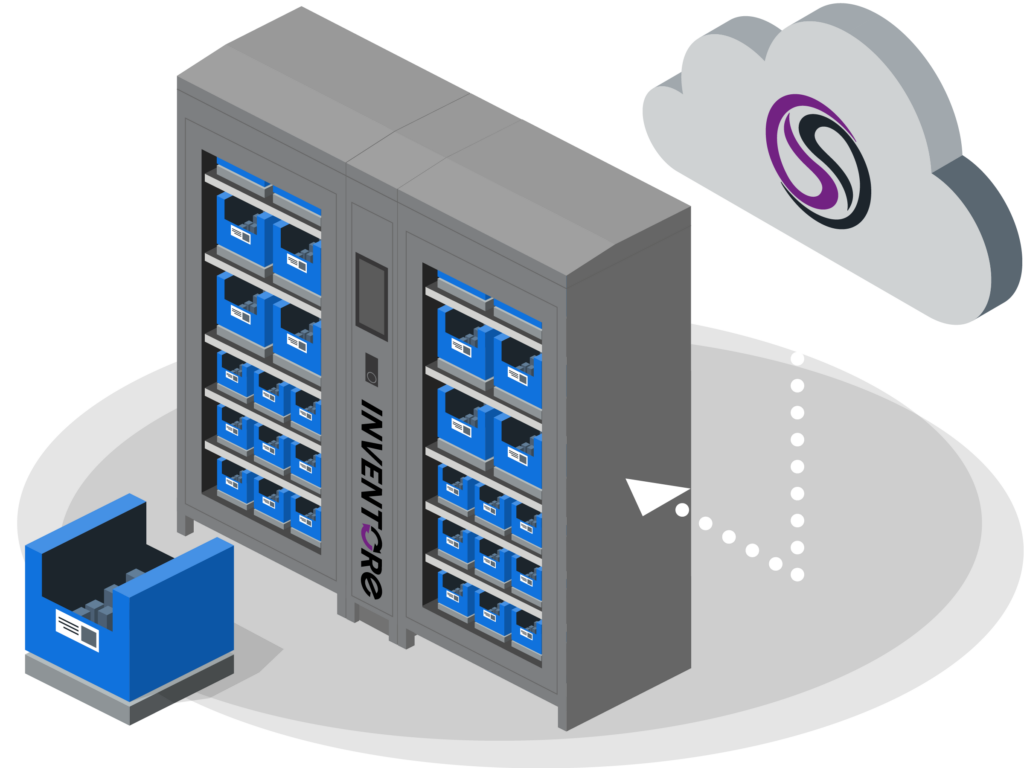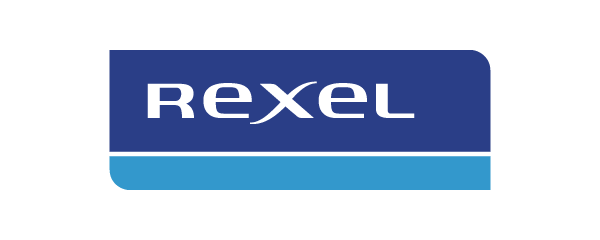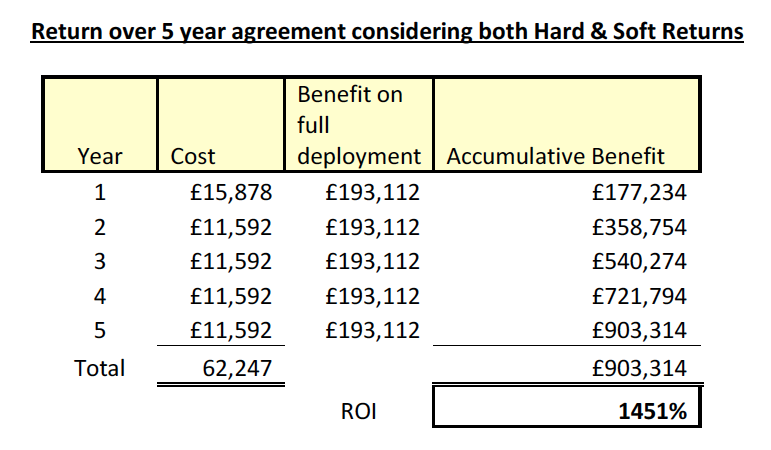Effective inventory management is a cornerstone of success for businesses of all sizes and industries. It impacts not only the bottom line but also customer satisfaction and operational efficiency. To ensure that your inventory management practices are on the right track, it’s crucial to monitor key metrics that provide insights into its effectiveness. In this article, we’ll explore the important metrics that businesses should track and why they matter.
Inventory Turnover Rate
Inventory turnover rate is one of the most fundamental metrics in inventory management. It measures how quickly a company’s inventory is sold and replaced over a specific period. The formula is simple: Divide the cost of goods sold (COGS) by the average inventory value. A high turnover rate generally indicates efficient inventory management, while a low rate may suggest overstocking or stagnant inventory. This leads to reduced carrying costs, lower risk of obsolescence, and better utilisation of working capital.
Carrying Cost of Inventory
The carrying cost of inventory represents the expenses associated with holding and storing inventory, including storage, insurance, and more. Tracking carrying costs is essential to understand the financial impact of inventory management. Reducing these costs frees up capital for other business needs and contributes to higher profitability. By monitoring carrying costs, businesses can identify areas where cost reductions are possible and allocate resources more efficiently.
Stockout Rate:
Why it matters: A stockout occurs when a business runs out of a product before being able to replenish it. Tracking the stockout rate is critical to assess the impact of inventory shortages on customer satisfaction and sales. Reducing the stockout rate ensures that customer demand is consistently met and that no revenue opportunities are missed.
iBinScale can indeed help address the issue of stockouts by providing automated scale-based inventory monitoring. By utilising iBinScale, businesses can proactively manage their inventory, reducing stockouts, optimising stock levels, and ensuring that customer demand is consistently met.
Lead Time:
Lead time is the time it takes from placing an order with a supplier to when the inventory is received and available for being used or sold. Reducing lead times is crucial for efficient inventory management. It allows businesses to maintain leaner inventory levels, minimise carrying costs, and respond more quickly to customer demands.
Dead Stock Percentage:
Dead stock refers to items that have not been sold or used over an extended period and have become obsolete or irrelevant. Monitoring the percentage of dead stock helps businesses identify slow-moving items and make informed decisions about discontinuing or discounting them. This frees up valuable storage space and working capital.
Gross Margin Return on Investment (GMROI):
GMROI measures the profitability of your inventory by comparing gross margin to the average inventory cost. A higher GMROI indicates that your inventory investments are generating better returns. It demonstrates that you are making strategic inventory decisions that positively impact your bottom line.
Order Accuracy:
Order accuracy measures how often the correct items and quantities are shipped to customers. Maintaining high order accuracy is crucial for customer satisfaction and reducing returns and associated costs. Accurate orders lead to happier customers and lower operational expenses.
Holding Days:
Holding days represent the average number of days that inventory items are held before being sold or used. Reducing holding days can improve cash flow, minimise carrying costs, and increase working capital. It’s about optimising the time value of your inventory.
Shrinkage Rate:
Why it matters: Shrinkage rate reflects the amount of inventory that is lost, stolen, damaged, or otherwise unaccounted for. Monitoring and reducing shrinkage is essential to maintain accurate inventory levels and protect your bottom line. It also contributes to a more secure and efficient supply chain.
In conclusion, these key metrics for measuring the effectiveness of inventory management are not just numbers; they are critical indicators of your business’s health and potential for growth. By regularly tracking and analysing these metrics, businesses can optimise their inventory practices, reduce costs, improve customer service, and drive profitability.
Effective inventory management can pave the way for a more successful and sustainable business. Whether you’re a small retailer or a large distributor, these metrics can guide you toward smarter, more efficient inventory management practices.

The right tools, such as inventory management software, can greatly assist in monitoring these metrics and making data-driven decisions. By implementing Inventor-e’s inventory management systems and analyzing these key metrics, businesses can gain a comprehensive understanding of their inventory performance. Having a proficient system and a better understanding of data points will lead to optimized stock levels, reduced costs, and enhanced customer satisfaction. Investing in the right strategies and technology can help your business stay ahead in today’s competitive landscape.
So, are you ready to start measuring the effectiveness of your inventory management and take your business to the next level? Don’t underestimate the power of these metrics to transform your operations and boost your success.
By focusing on these best practices in inventory management, businesses can ensure they are not only meeting customer demands but also optimizing their operations for greater performance. Start measuring the effectiveness of your inventory management with Inventor-e. Contact us today to learn more about how we can assist your business in achieving greater efficiency and profitability.


